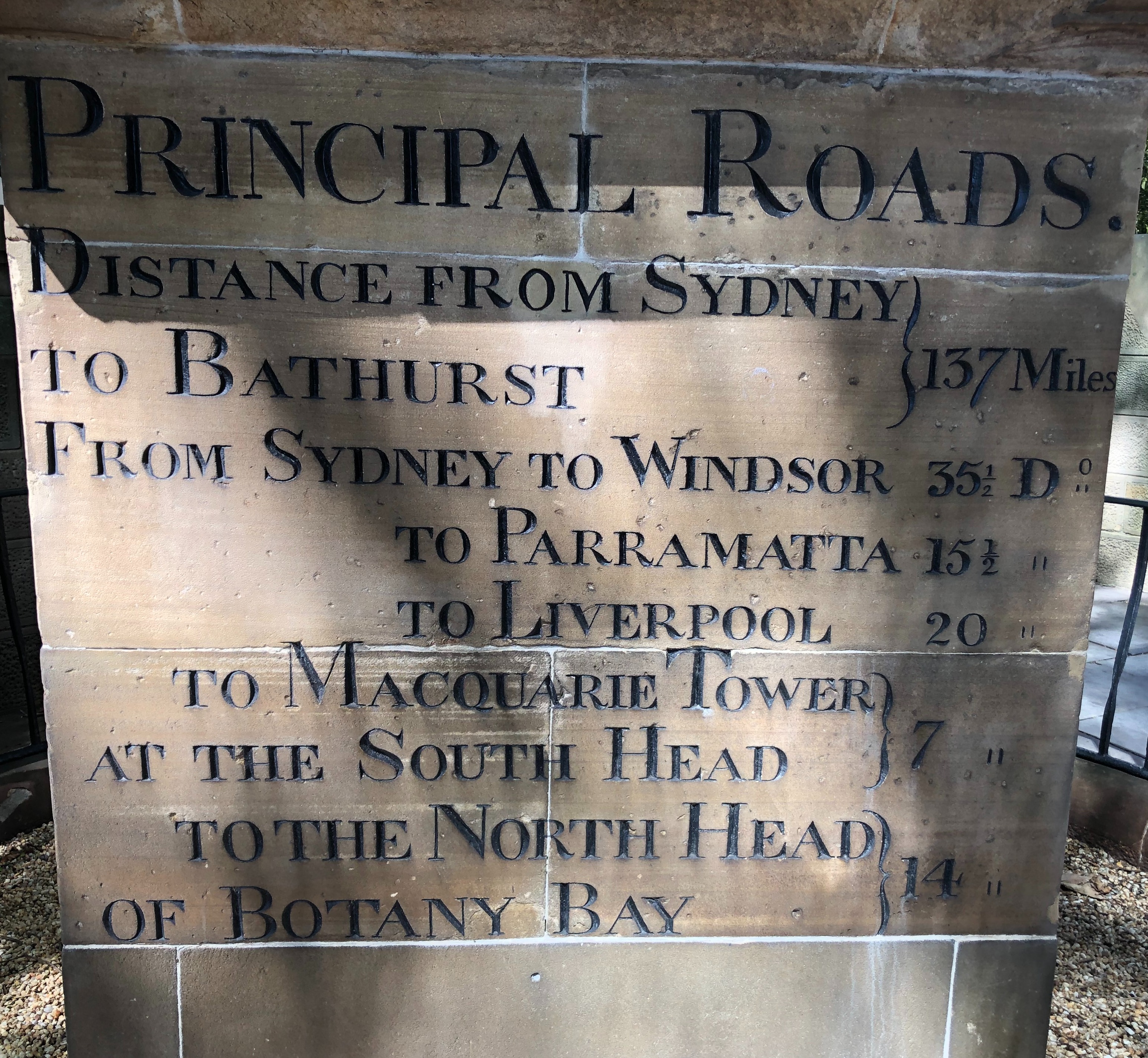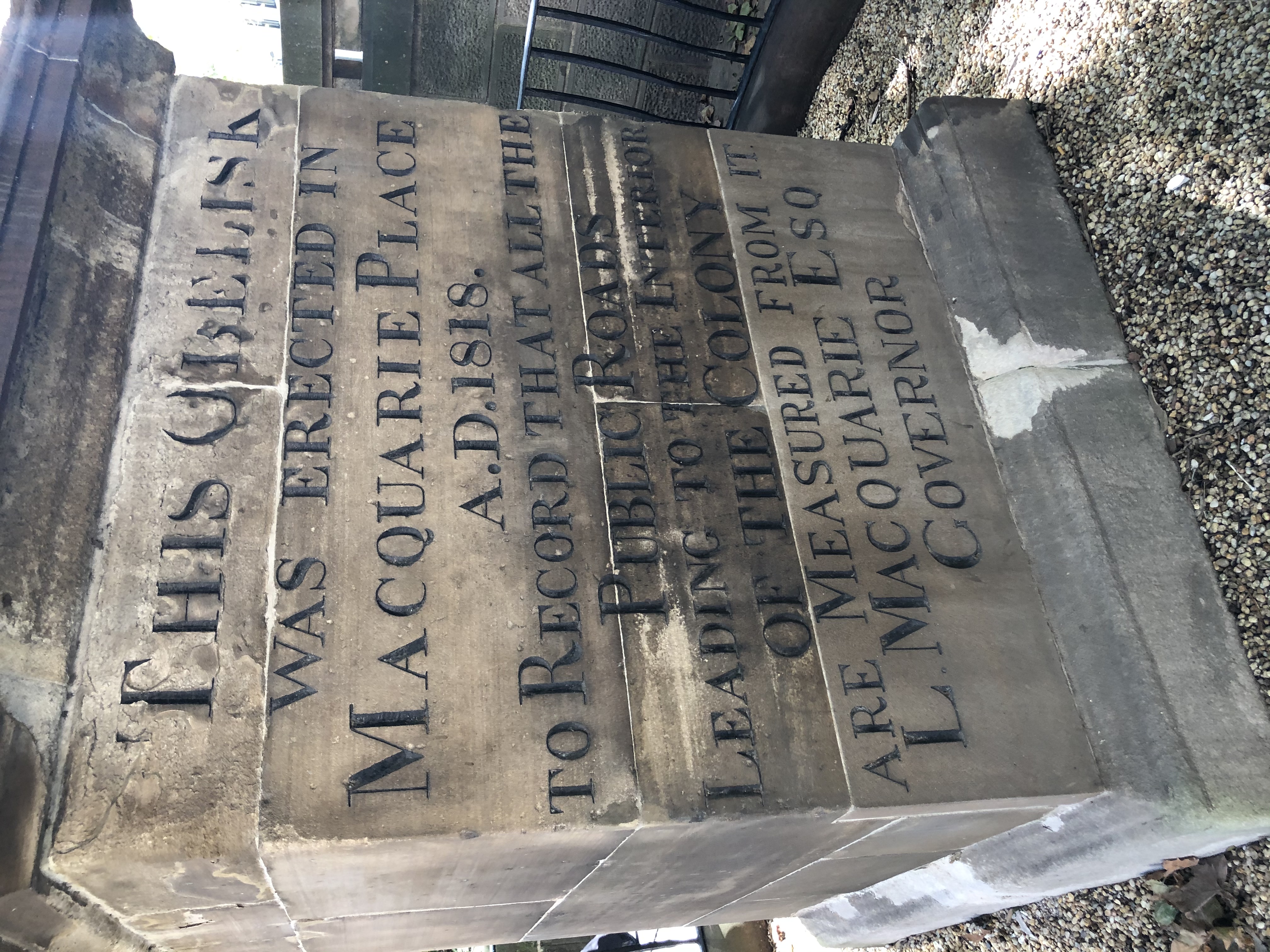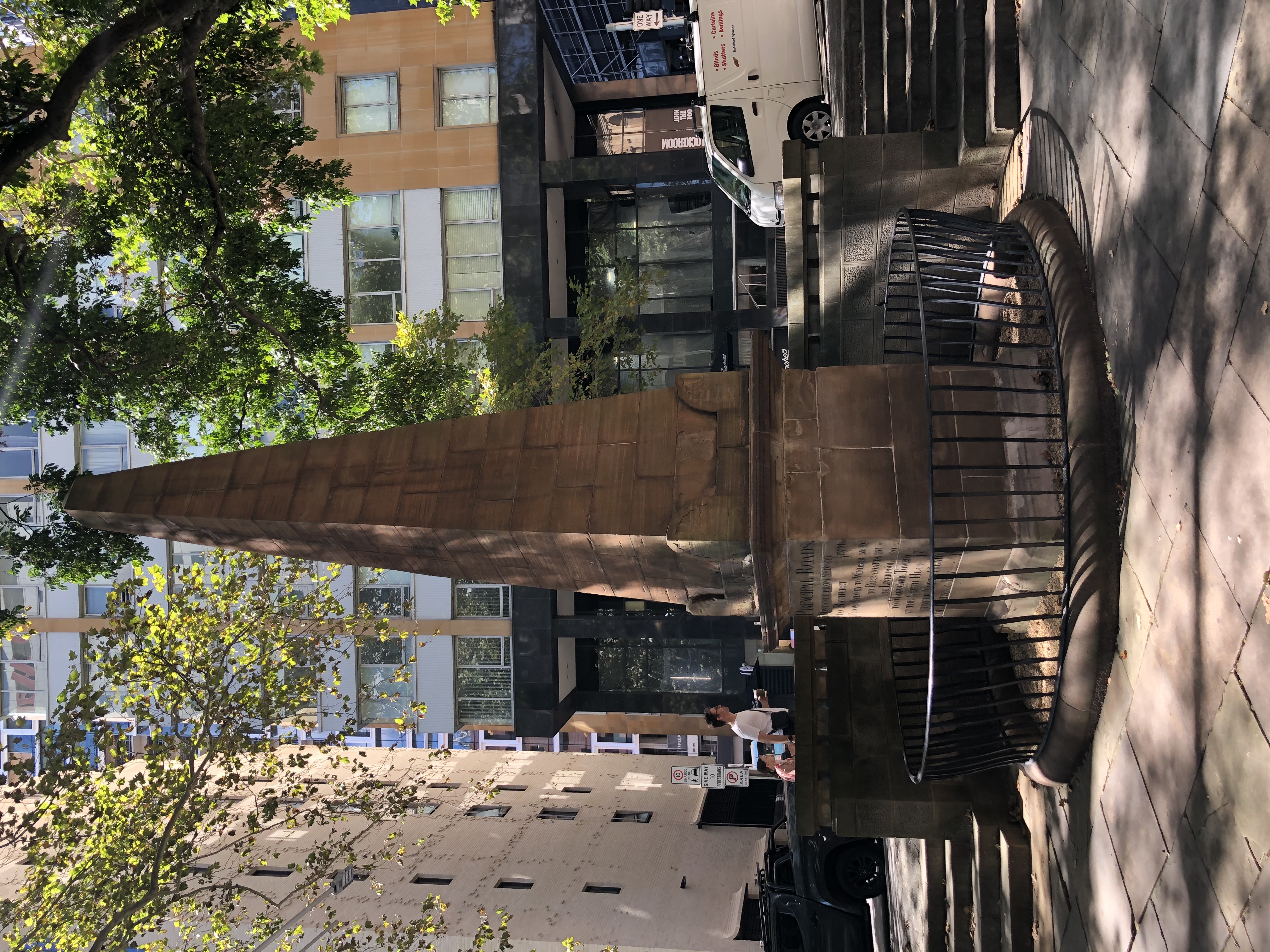CACHE Member Funding Success: The Materiality of Colonial Roads: A Spatial Humanities Approach

CACHE is delighted to announce the successful funding of four member initiatives for 2022! Our next mini-series for CACHE News introduces all our successful CACHE initiatives and the project teams.
The next initiative is titled The Materiality of Colonial Roads: A Spatial Humanities Approach. The project team includes Prof. Ray Laurence (History and Archaeology); Prof. Shawn Ross (History and Archaeology / DVCRO); Dr Brian Ballsun-Stanton (Solutions Architect – Digital Humanities, Faculty of Arts); and Dr Janet Wade (History and Archaeology).
The initiative questions the functions of road construction and road usage in New South Wales as part of the colonial project from the early nineteenth century through to the late twentieth century. The current viewpoint of a road is that it is a key element in the destruction of Country. Alongside land surveys, police stations, and courthouses in roadside settlements, roads provide a historic landscape of colonialism that is seldom revealed, let alone addressed through spatial research. The initiative will draw on techniques developed in the study of roads in the ancient Mediterranean, that have recently included the exploration of the routeways that connected the North African cities of the Mediterranean with tropical West Africa. The range of techniques for hodological analysis developed in the study of colonial archaeology from the Roman period is wide-ranging (from the analysis of photographic records to morphological settlement studies).
This project is specifically designed to demonstrate the value of archaeological knowledge (developed in the study of the Roman Empire) for the development of a wider understanding of the material dimensions of road building and the spatial organisation of colonialism, and contemporary touristic practice.
The Materiality of Colonial Roads: A Spatial Humanities Approach initiative will:
- Scope the application of Spatial Humanities and Mediterranean Archaeological approaches to the hodological landscapes of New South Wales;
- Capacity build within a team of connected researchers at Macquarie from Archaeology, Geography, History, Indigenous Studies and to engage with national and international expertise in the study of colonial road systems;
- Make contact and develop a relationship with the NSW Department of Roads, and the NSW Road Transport Authority to discuss both funding and the possibilities of integration of historical data into their existing GIS and other information systems, or use of existing data; and
- Mentor an ECR Research Assistant in the development of hodological research.
Congratulations to Prof. Ray Laurence and the team. CACHE looks forward to following their continued success exploring this important initiative.
Images: The obelisk in Macquarie Place from 1818, taken by Prof. Ray Laurence.


